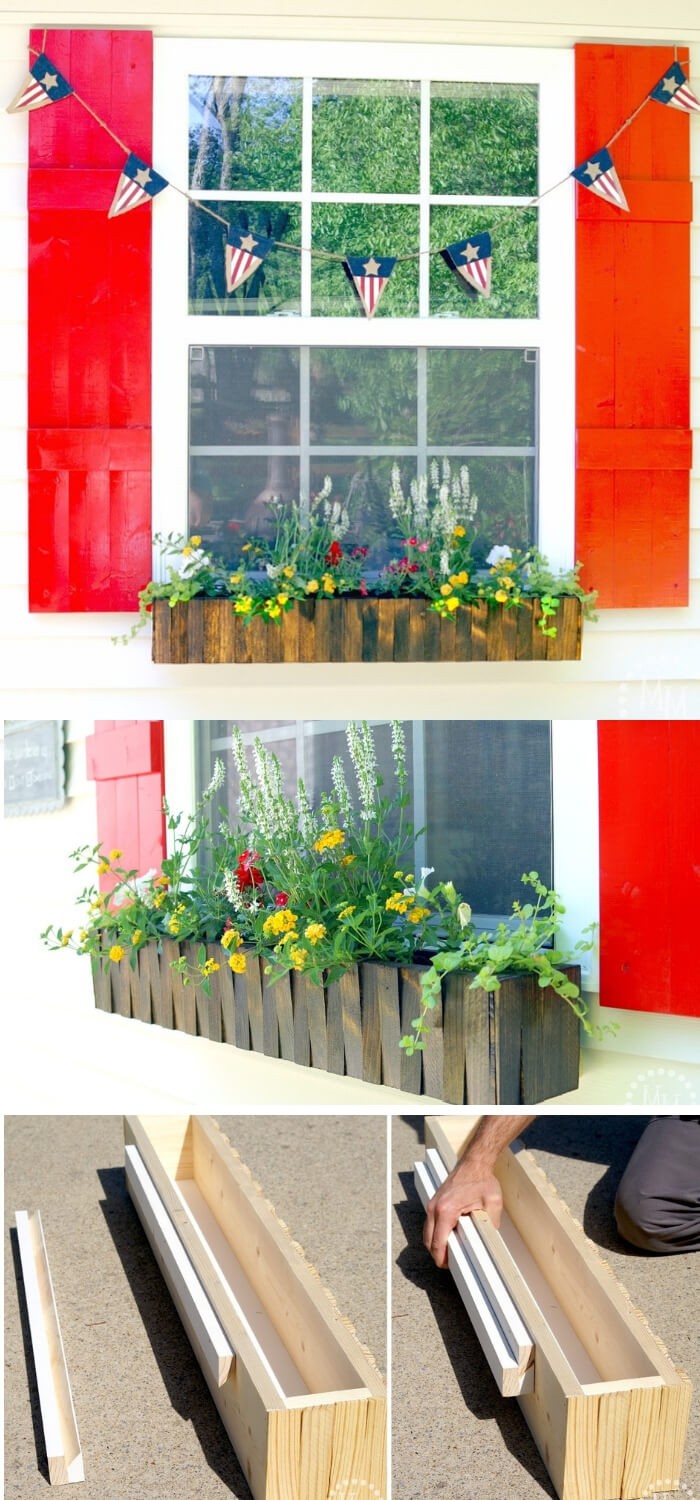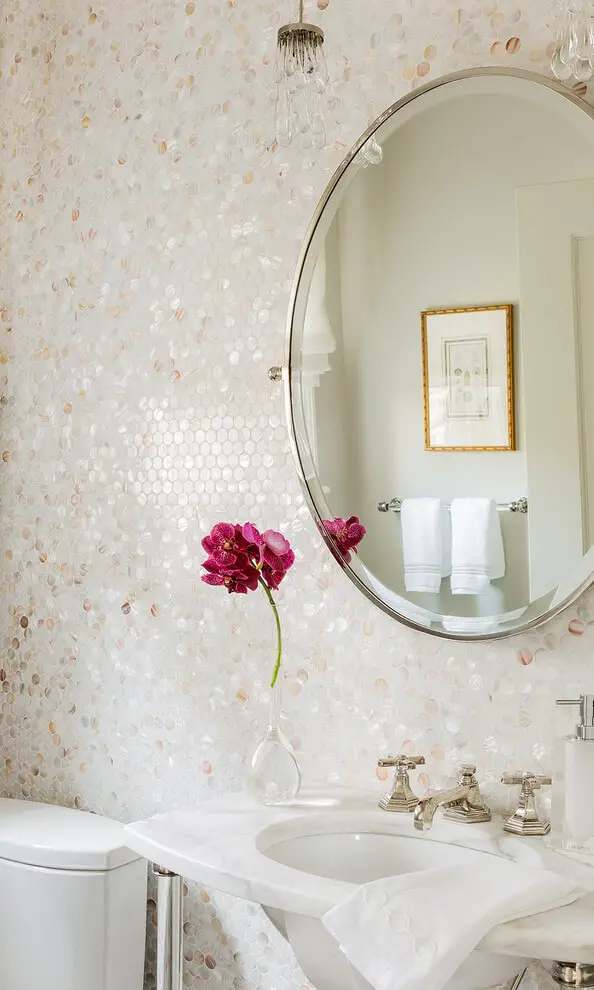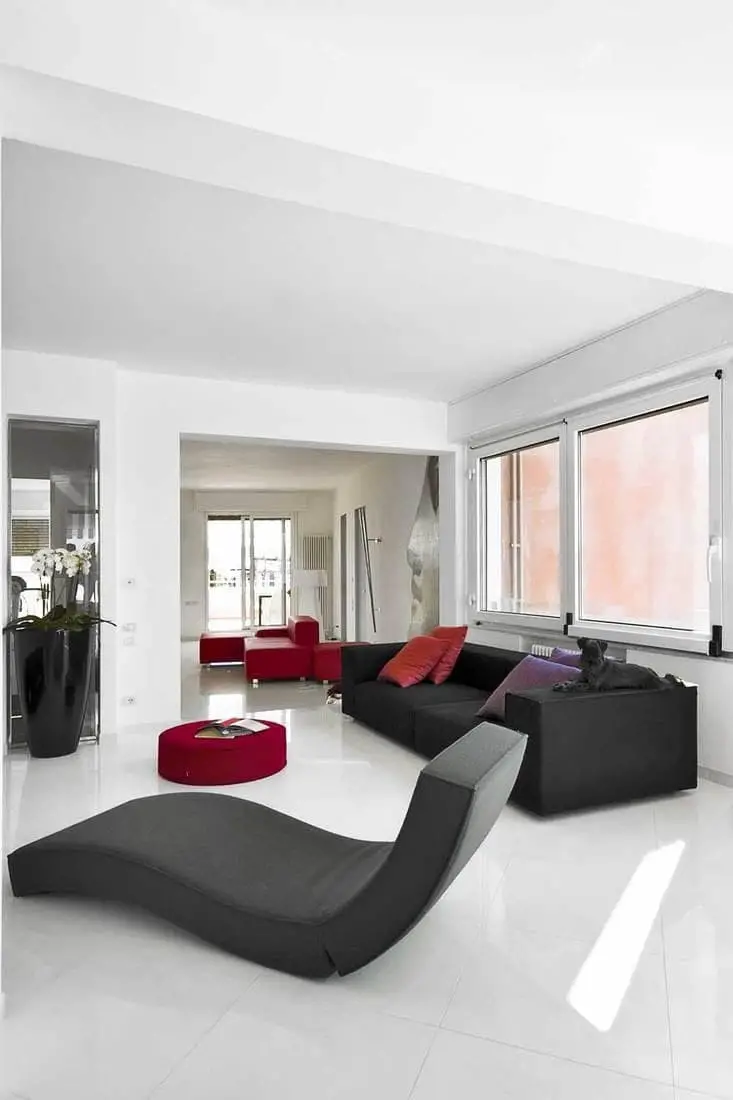15+ Best Window Box Planter Ideas
In many ways, window boxes are a hallmark of urban living. These charming miniature gardens allow city dwellers to bring a touch of nature indoors and out, creating a visually appealing display that adds character to their homes. The appeal of floral decoration is undeniable – from artists’ renderings on canvas to the intricate weavings of Persian rugs, fragrant perfumes infused with floral essences, and the simple yet effective use of petals in salads and potpourri.
In this sense, window boxes are a natural extension of this appreciation for beauty. Specifically designed for townhouses and city homes, these compact planters offer a manageable way to cultivate a lush oasis right outside your doorstep.
Design Elements
By combining the fundamental principles of design – color, form, texture, and light – you can create a compact yet captivating landscape that harmonizes with its surrounding interior decor while charming pedestrians on the street level. Window boxes, much like city life, serve as microcosms for exploration, adaptation, and cultural fusion.
Just as urban dwellers must adjust to their unique neighborhood conditions, including varying amounts of light, soil composition, fertilization, spatial constraints, and hydration, window box plants must similarly adapt to thrive. As the sun’s patterns shift throughout the day and across seasons, so too must your plant selection.
For example, areas receiving six or more hours of direct sunlight are ideal for sun-loving species like portulaca, nasturtium, geranium, marigold, lantana, petunia, pansy, verbena, and herbs such as parsley, sage, dill, sorrel, fennel, basil, lemon balm, and scented geraniums. Conversely, areas with partial shade are better suited for plants like hosta, asparagus fern, wax begonia, vinca, coleus, impatiens, and caladium.
Making and Maintaining the Bed
When creating a soil mix for window boxes, it’s essential to prioritize lightness in texture. A blend of equal parts potting soil, compost, sharp sand, vermiculite, and perlite will provide the ideal foundation. To simplify the process of transplanting, weeding, pruning, and making seasonal design changes, consider using plastic soil liners with drainage holes that allow you to easily remove or add plants as needed. It’s also crucial to renew the soil mix annually to maintain optimal conditions.
In terms of population density, aim for a high level of plant life in your window box. This will create a full and lush appearance. Rather than focusing on individual plant removals, strive for a crowded look and prune or remove plants as necessary. When it comes to planting, use a variety of species that vary in height, placing the tallest plants towards the back and gradually decreasing in size towards the front.
Avoid creating uniform rows, instead staggering the plants to achieve a more naturalistic feel. Container plants require frequent watering, which can lead to nutrient leaching from the soil. To combat this, fertilize your plants every 10-14 days with compost tea or an all-purpose liquid fertilizer. To determine if the soil is dry, insert your finger into the soil about an inch or two – if it feels dry, it’s time to water. During hot and dry summer months, you may need to water daily.
Finally, consider mulching your plants with grass clippings or wood chips to help retain moisture in the soil.
Box Themes
Themes have the power to shape the selection and arrangement of plants in a garden, offering an endless array of creative possibilities. From the romantic and historic to the whimsical and formal, chromatic, seasonal, fragrance-driven, culinary-inspired, or patriotic, the options are truly boundless.
For instance, a playful summer mix featuring lobelia, portulaca, nasturtium, and alyssum might give way to a vibrant fall display of chard, arugula, sorrel, cress, mustard, mache, spinach, and various lettuce varieties as the seasons change. In winter, pansies, violas, calendulas, or cyclamens can be beautifully paired with evergreen boughs, while in spring, scilla, narcissus, hyacinths, snowdrops, tulips, muscari, and crocus can collectively herald the season’s arrival at your windows.
15+ Window box planter ideas
A little wood trellis around the window box

Vintage metal box

Window box with pressure treated woods

Autumn-spiced balcony box

Using Hurricane Sandy’s twig debris

Black planter on the brick wall

European style metal window box

Boxes with American Walnut stain

Adding pots to box
Dark Walnut stain box between two red shutters

Galvanised metal window box

Iron window box on the stone wall

Classic and neutral window box
Cedar wood planter box

Rustic Cedar wood window flowerboxes
Window boxes are a simple yet effective way to add a pop of color to your outdoor space, regardless of the time of year. By placing a window box under a window or along a wall, you can create a visually appealing display that’s sure to brighten up any season.
Related Posts
When it comes to your farm business, choosing the right equipment is crucial. You want to ensure you’re investing in tools that will help you streamline processes, increase productivity, and ultimately drive growth. But with so many options available, it can be overwhelming. In this section, we’ll explore some key considerations for selecting the perfect equipment for your agricultural needs.
On a related note, have you ever stopped to think about the importance of installing a fence around your home? Not only does it provide an added layer of security, but it also helps to define your property’s boundaries. In today’s fast-paced world, protecting what’s yours has never been more important.
And speaking of protection, have you ever wondered whether you should tip driveway sealers after they’ve finished the job?
It may seem like a small gesture, but understanding gratuity etiquette for home services can make all the difference in showing your appreciation for a job well done. Whether it’s a flower delivery or any other type of home service, knowing when to show gratitude is essential.
In the world of floristry, tipping flower delivery personnel is also commonplace. But what are the expected gratuities and how can you ensure you’re showing your appreciation in the right way?
We’ll dive deeper into this topic to provide valuable insights for those looking to make a positive impact on their floral courier.
For those considering a career change, becoming a landscape architect or designer can be an incredibly rewarding path. Not only do these professionals have the power to shape and transform outdoor spaces, but they also play a critical role in ensuring our natural environment is preserved for future generations.
In this section, we’ll explore what it takes to become a landscape architect or designer and why it’s an industry worth considering.






